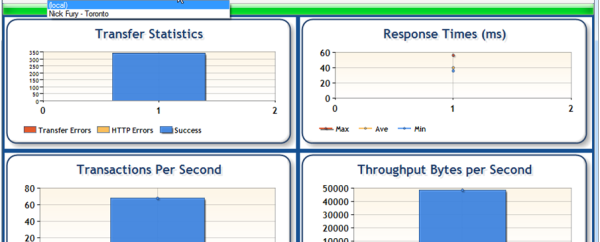Lets start with the most basic of testing, – Unit functional Test of a REST based JSON service. Unit tests are often done by developers as and while they are developing the service, although there are many QA groups I have met that still do unit testing only. Most of this is available in the free Personal Edition of SOAPSonar. A REST/JSON API does not offer the same WSDL richness and structure that is offered by SOAP. Its lighter weight though better suited to mobile and certain other environments. Our application is mashup, with one component needing to display current exchange rates against the Canadian Dollar. For this example, I am going to use a simple exchange rate service http://rate-exchange.appspot.com/currency (more…)
REST Tutorial 1 – JSON Functional Unit Testing





